Synchrotron Topography Project (1982 – 1988)
Visualizing the Invisible
As an undergraduate at the State University of New York at Stony Book the future Professor Hmelo developed a deep interest in crystallography, mineralogy, petrography and materials science. Charles T. Prewitt mentored him in crystallography and x-ray diffraction methods, James J. Papike introduced him to the mineralogy and petrographic analysis of lunar rock thin sections, and John C. Bilello grounded him in structure-property relationships and the role of defects in determining the physical properties of materials. Their influences helped focus his interest on visualizing defects using diffraction methods. This perspective on materials characterization continues to the present day.
Professor Hmelo launched his research career in 1982 at Brookhaven National Laboratory concurrent with his PhD studies at Stony Brook, under the direction of John Bilello. Serving as the senior research engineer for the Synchrotron Topography Project, he designed and assembled a white beam X-ray topography beam line (X-19C) at the National Synchrotron Light Source (NSLS-1). He supervised the commissioning of operations in 1985 and managed user training and access to the facility from 1985 – 1988. Working together with Kaz Hirasawa, he designed three principle components of research instrumentation for the user facility … the White Beam Camera, the Mechanical Tensile Test Stage, and the Environmental Sample Chamber. During these years Professor Hmelo conceived a new method of non-destructive surface characterization coined Synchrotron X-ray Fractography which became the subject of his thesis work.
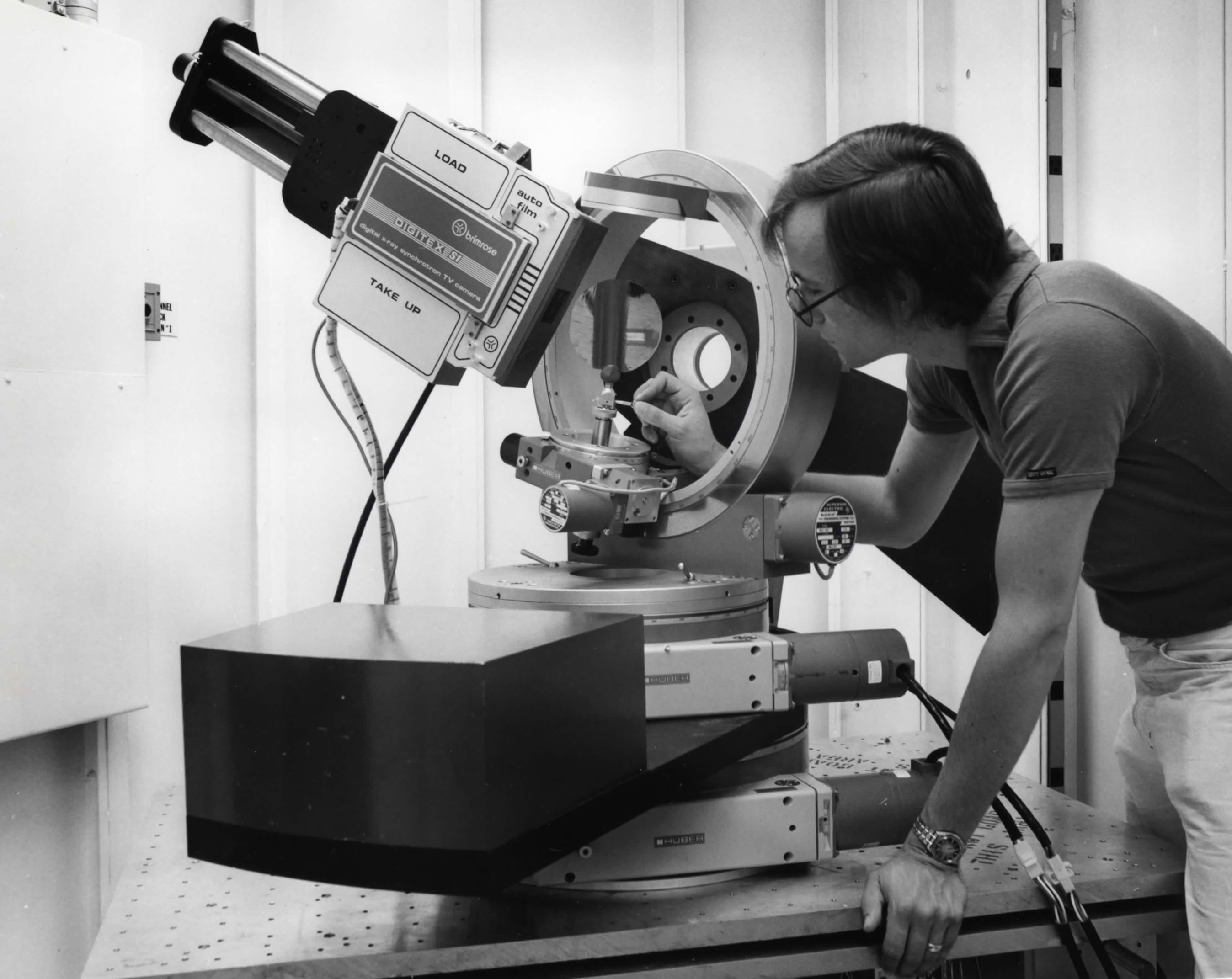
The Synchrotron Topography Project (STP) at the National Synchrotron Light Source, John C. Bilello, Haydn Chen, Anthony B. Hmelo, John M. Liu, Howard K. Birnbaum, Patrick J. Herley and Robert E. Green, Jr., Nuclear Instruments and Methods in Physics Research 215 (1-2), 291-297, (1983)
Abstract: The collaborators have participated in the Synchrotron Topography Project (STP) which has designed and developed instrumentation for anx-ray topography station at the National Synchrotron Light Source (NSLS) at Brookhaven National Laboratory (BNL). The two principle instruments constructed consist of a White Beam Camera (WBC) and a Multiple Crystal Camera (MCC) with high planar collimation and wide area image coverage. It is possible to perform in-situ studies in a versatile environmental chamber equipped with a miniature mechanical testing stage for both the WBC and MCC systems. Real-time video imaging plus a rapid feed cassette holder for high resolution photographic plates are available for recording topographs. Provisions are made for other types of photon detection as well as spectroscopy. The facilities for the entire station have been designed for remote operation using a LSI-11/23 plus suitable interfacing. These instruments will be described briefly and the current status of the program will be reviewed.
The Original Participating Research Team (PRT)
John C. Bilello, SUNY Stony Brook, Project Director John M. Liu, SUNY Stony Brook, Project Executive Director Robert E Green, Jr., The John's Hopkins University Masao Kuriyama, Metallurgy Division, NIST Masaki Suenaga, Metallurgy and Ceramics, Brookhaven National Laboratory Haydn H. D. Chen, University of Illinois at Urbana-Champaign Howard K. Birnbaum , University of Illinois at Urbana-Champaign Robert F. MacCrone, Rensselaer Polytechnic Institute David P. Pope, University of Pennsylvania Patrick J. Herley, SUNY Stony Brook Herbert Herman, SUNY Stony Brook
NSLS X-19C Beamline Design

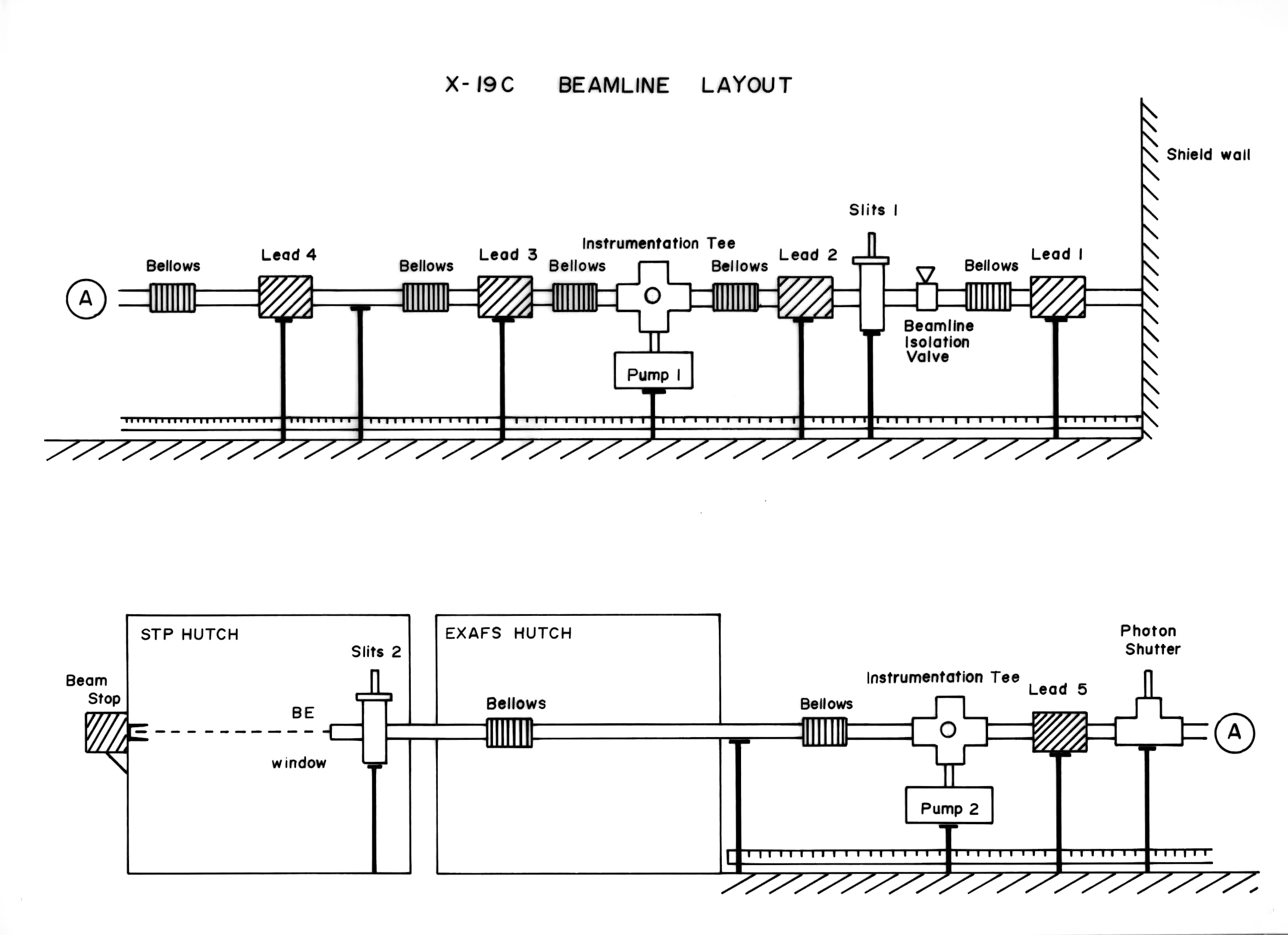
Research Instrumentation
The White Beam Camera for X-ray Topography
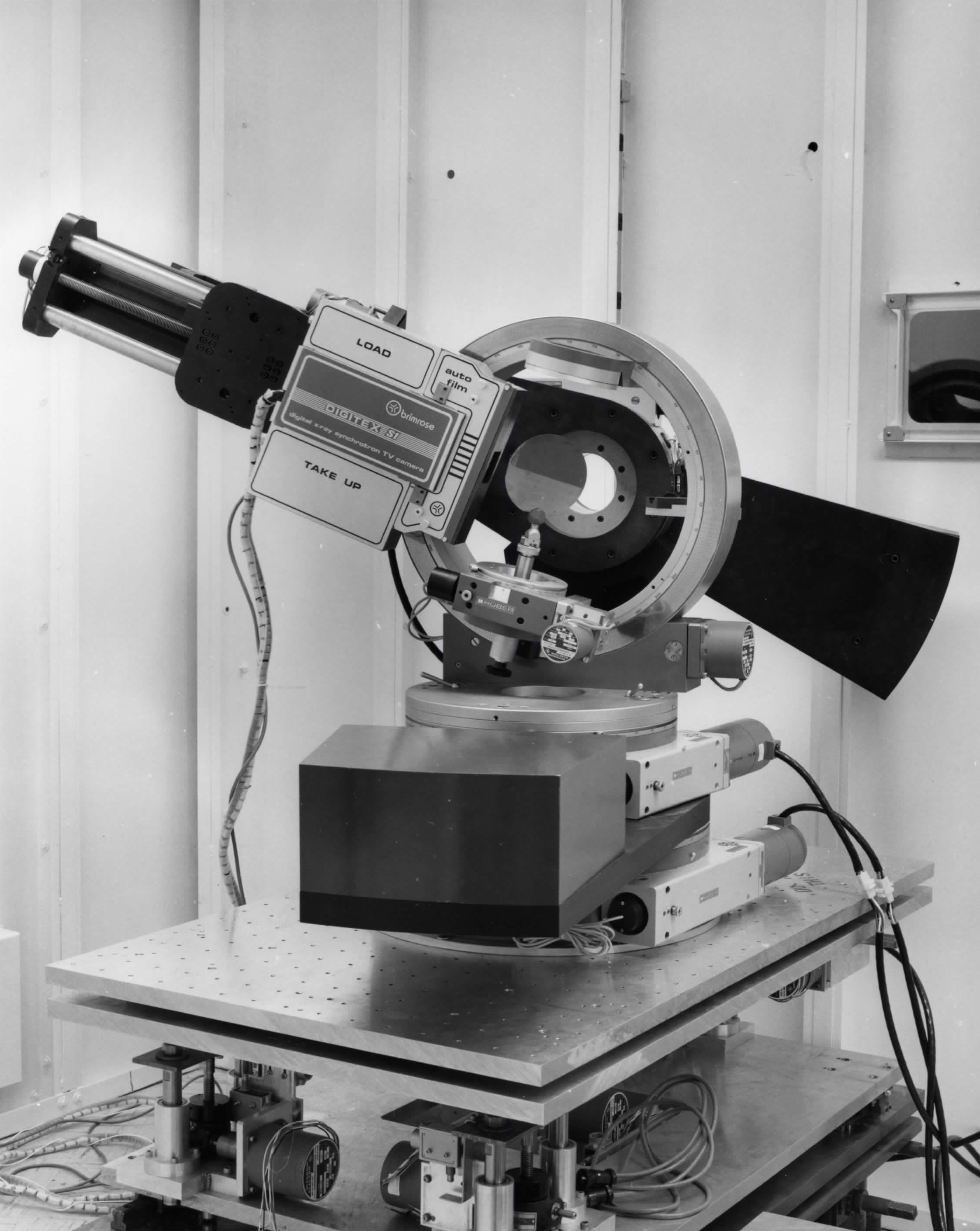
Tensile Stage for in-situ Mechanical Testing
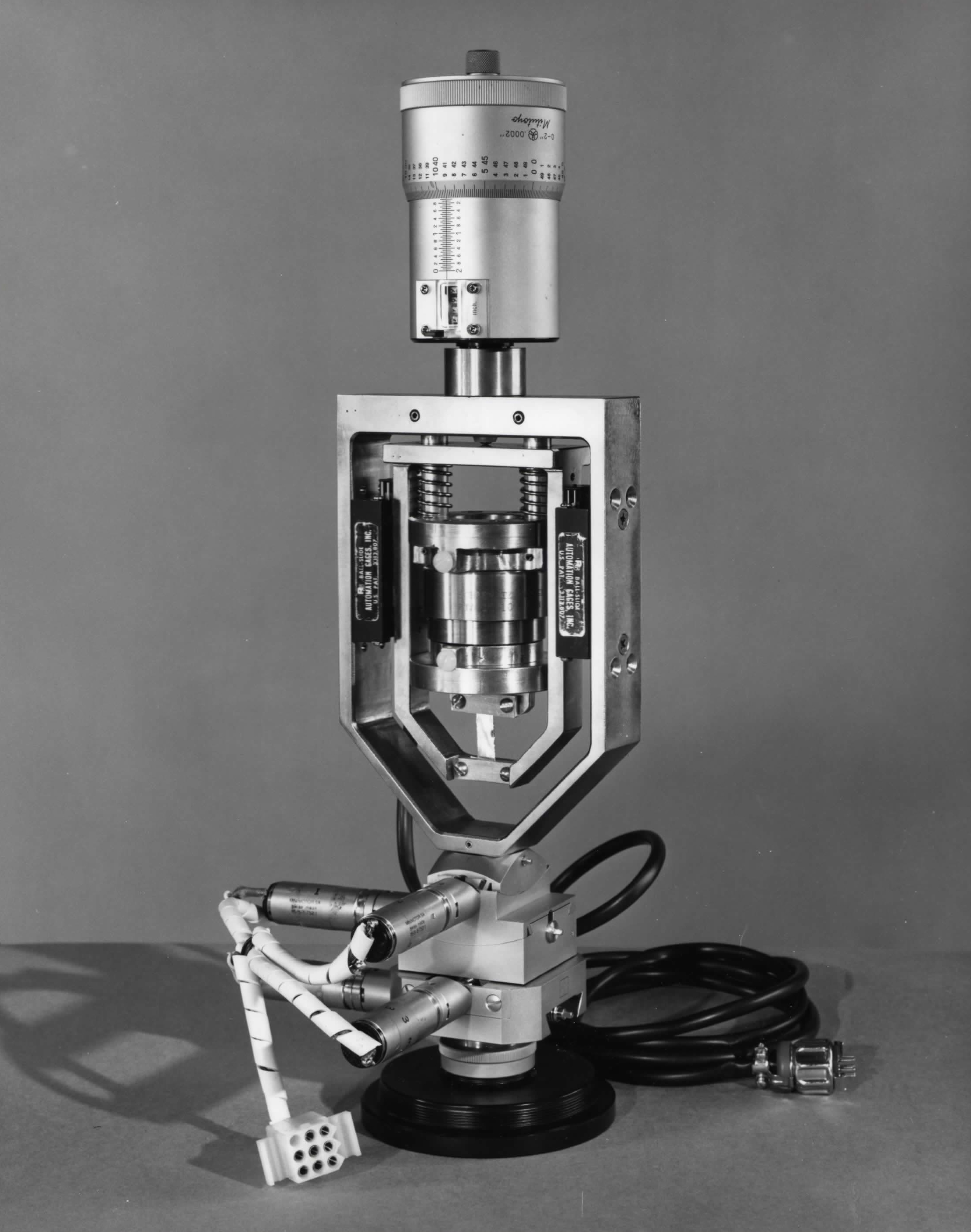
The High Vacuum Chamber for in-situ X-ray Togography
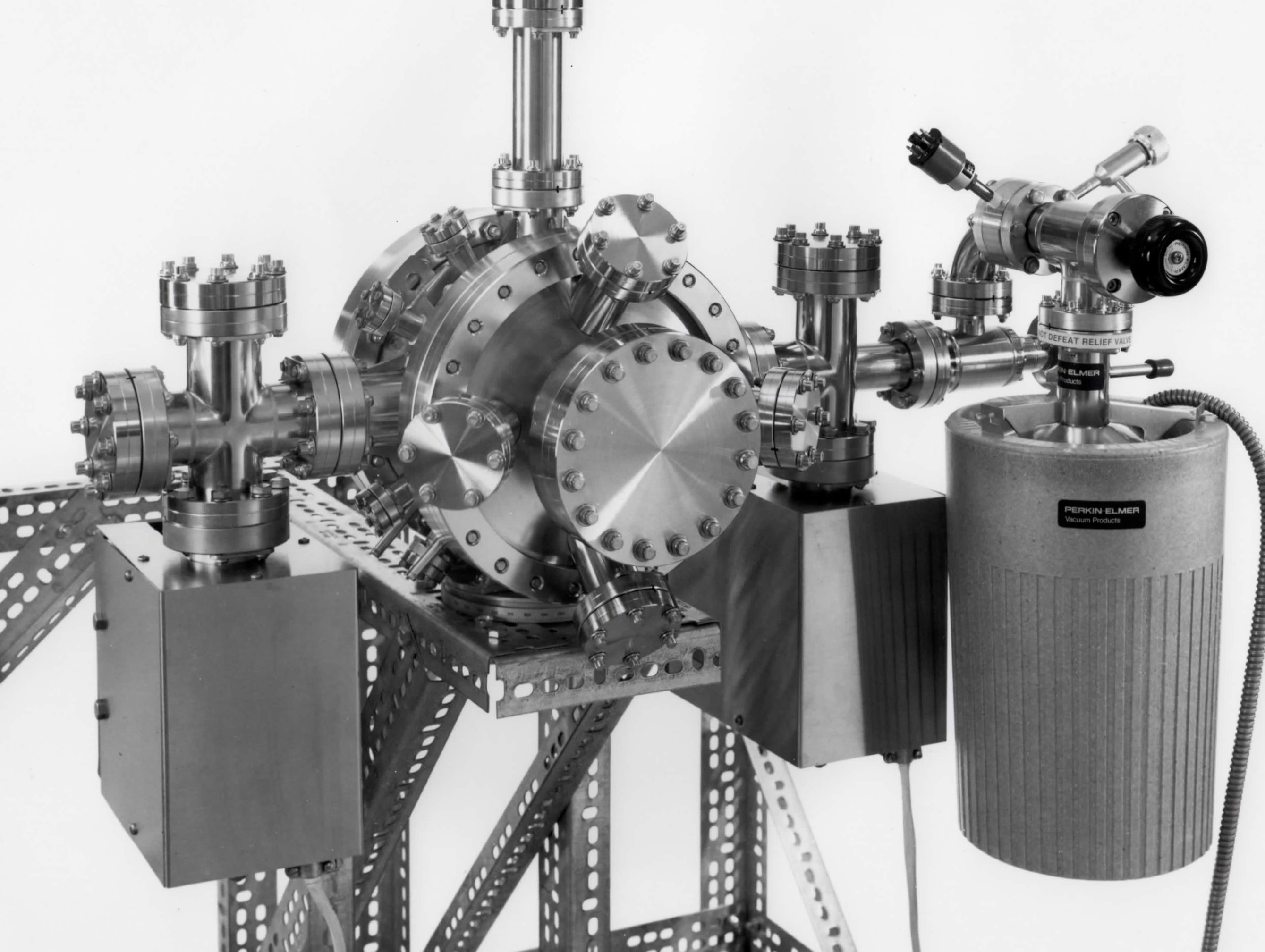
NSLS X-19C Legacy (1984 – 2014)
Following 1988, beam-line X-19C continued operations under the direction of Professor Michael Dudley of Stony Brook University. The beam-line funtioned for 30 years in service of cutting-edge materials characterization until the NSLS-1 was decommissioned on September 30, 2014.
